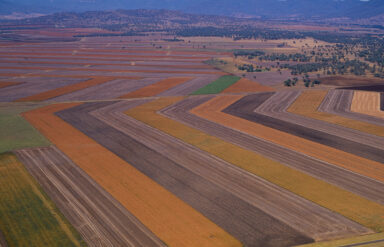It was an eventful week with the RBA increasing the cash rate target by 25 basis points to 35bps the first increase since 2010. Followed by 50 basis point rise by the US Federal Reserve, the biggest increase in two decades. As the Australian 3-year bond yield climbed to above 3% for the first time in 8 years, we examine some of the direct implications and second order consequences to the investment landscape and our senior secured loan portfolios.
Commercial Real Estate – CPI impact on rent
Rising inflation, and by extension inflation-linked rent increases, are high on the watchlist for the lenders, investors and developers in the CRE sector. Quarterly trimmed mean CPI increased to 1.4%, the strongest movement since the beginning of the series in 2002. Inflation-linked rent escalations will likely provide some offset for investors against rising interest rates. A point to note, is that not all lease agreements have an inflation-linked mechanism, some leaseholders have opted to use a fixed CPI rate (often 3%) that benefited them when inflation was low (5 year average is below 2%) and will now not be able to pass on the full inflationary impacts of CPI in 2022 (Q1 2022 was 5.1%).

Source: RBA & ABS
A further implication of rising interest rates is its impact on commercial property valuations, while partially offset by rising rents, a fall in future ‘as if complete’ valuations will reduce the borrowing capacity of developers, especially for build horizons longer than 18 months.
Energy & Infrastructure – hard assets that solve real problems
Energy prices are a key driver of inflationary pressures. We are closely following the emerging opportunities in the energy generation and biomass recycling space. We have explored several investment opportunities within this sub-sector of our hard asset lending strategy and recently signed a term sheet to commence due diligence on a $200m waste-to-energy project that aligns with our investment thesis in this space.
Agriculture – a natural inflation hedge
Agricultural land and commodity production from the overlying businesses has historically proved a natural inflation hedge. The annual Rural Bank farmland values report released on Tuesday showed the median price of farmland increased 20% in 2021, an eighth consecutive year of growth.
Within the last month, we have deployed approximately $200m AUD across our strategies and have seen our pipeline expand from $950m to $1.4bn of credit opportunities that meet our selective investment criteria and have favourable risk adjusted returns.




